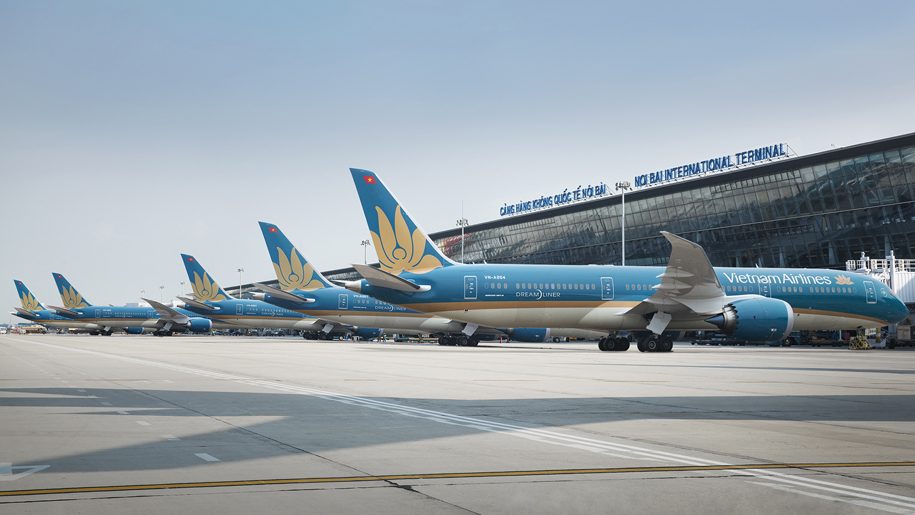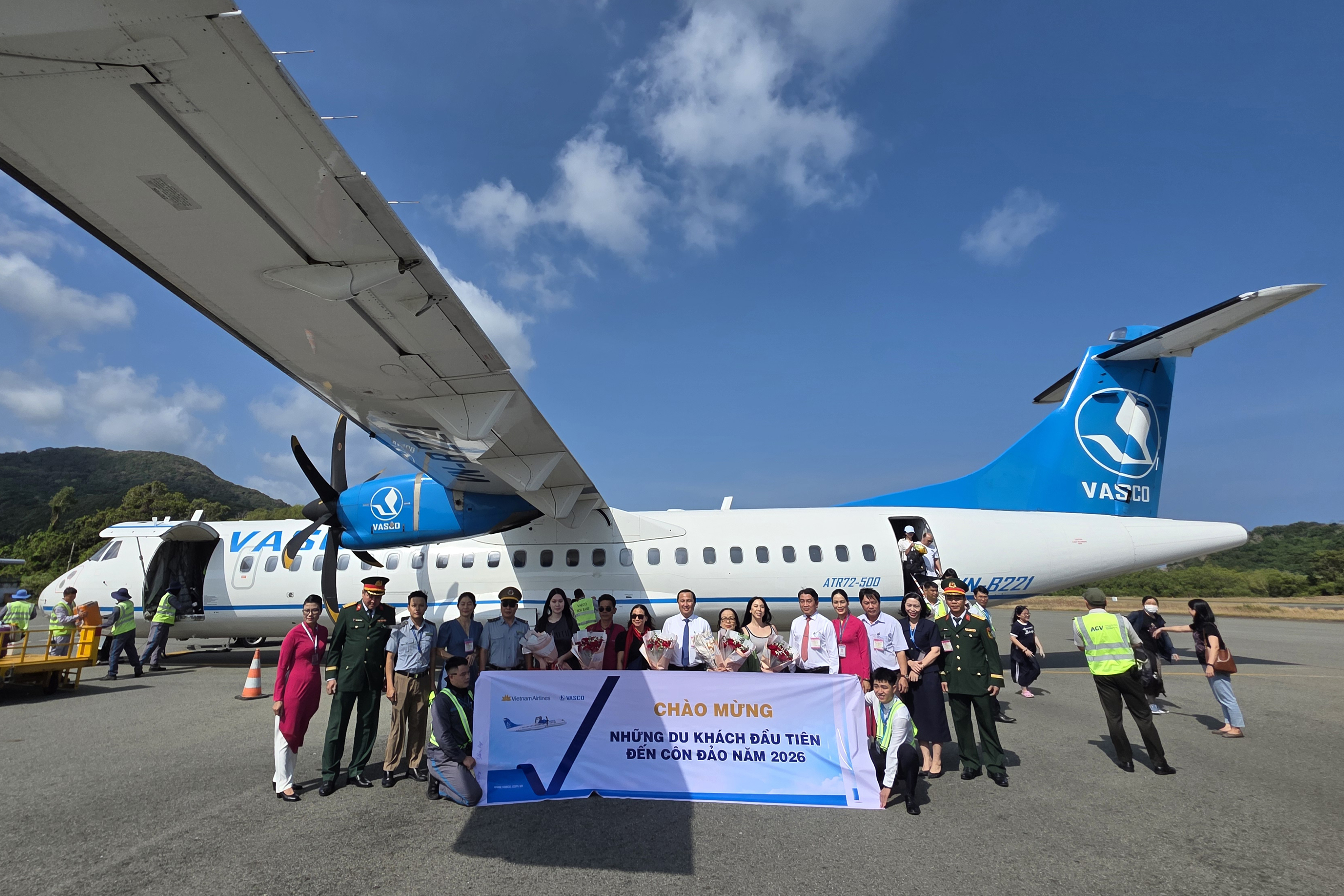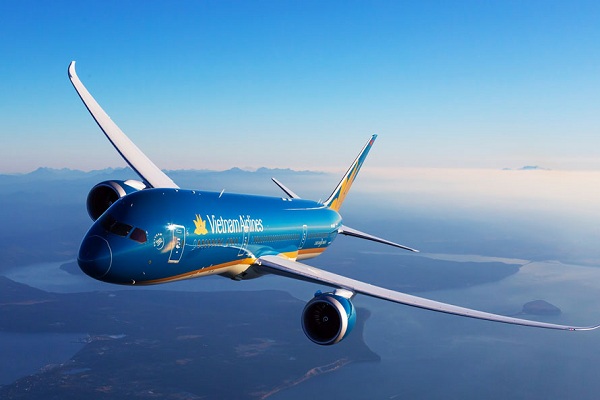Under the plan for the Noi Bai Airport until 2030 with vision to 2050 submitted to the Ministry of Transport, the CAAV envisages it as a joint-use airport with ICAO Aerodrome Reference Code 4F, which would allow it to cater to the largest aircrafts in the world, including the B777-X, B747-8, B777-300ER and A380.
By 2030, the airport will have an estimated capacity of 63 million passengers and two million tons of cargo per year. To meet this need, the CAAV has proposed building a third runway south of Vo Nguyen Giap Street, 2,200 meters (7,200 feet) away from the existing runway 1B.

Vietnam plans further expansion to Hanoi’s Noi Bai Airport (Cre: Internet).
The airport’s existing terminal T2 would be expanded to reach a capacity of 30-40 million passengers per year, and a new terminal T3 with a capacity of 30 million passengers per year would be built to the south.
By 2050, the CAAV estimates the airport to serve 100 million passengers and handle 5 million tons of cargo each year.
The airport’s plans would therefore be adjusted with the additions of a fourth runway to the south as well as terminal T4 with an annual capacity of 25 million passengers at the site of the current terminal T1 and a new terminal T5 with a capacity of 25 million passengers, should the need arise.
The airport’s land use planning meanwhile would follow the approved master plan for Hanoi, which allocates about 2,230 hectares (5,510 acres) to the airport to ensure enough land for national defense purposes.
The number of passengers and cargo passing through the Noi Bai Airport has been increasing by an average of 10 percent per year, with the airport receiving nearly 26 million passengers in 2018 and about 29 million passengers in 2019.
However, the airport is only designed to handle 25 million passengers per year, with the domestic terminal T1 having a capacity of 15 million and the international terminal T2 is servicing the remaining 10 million passengers per year.
Cre: VNExpress
Nguyen Mai Huong-COMM







